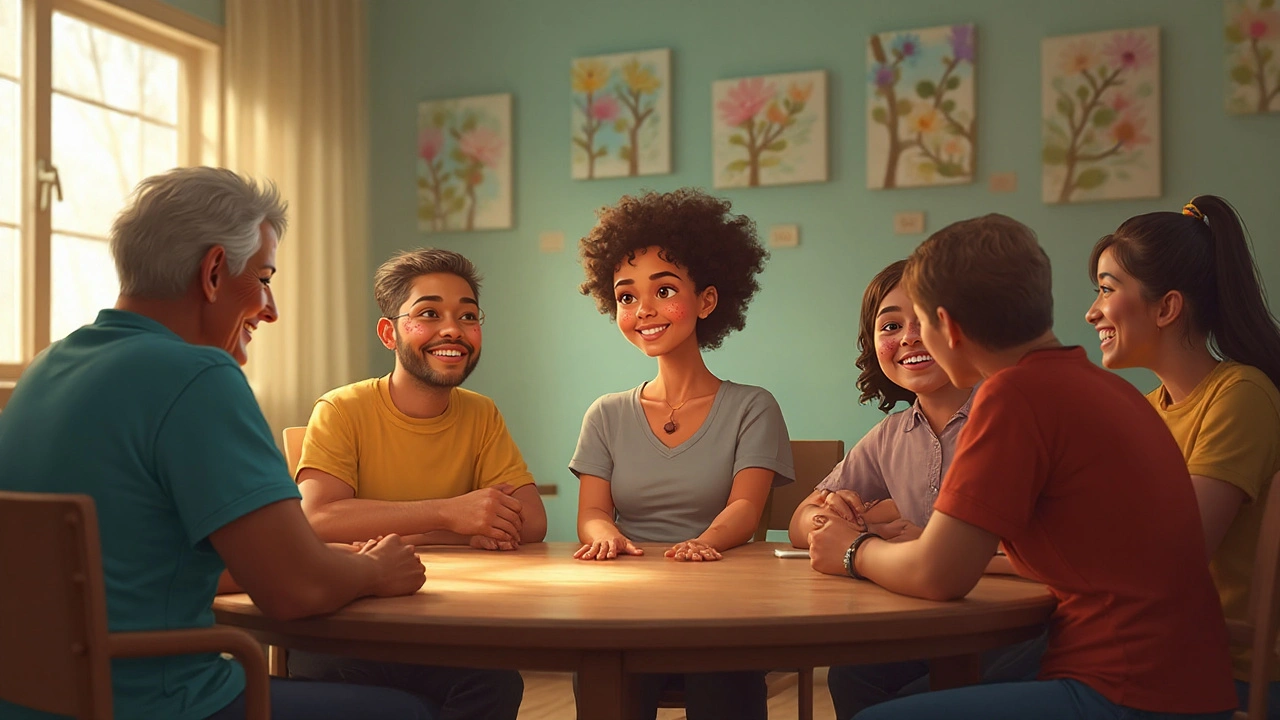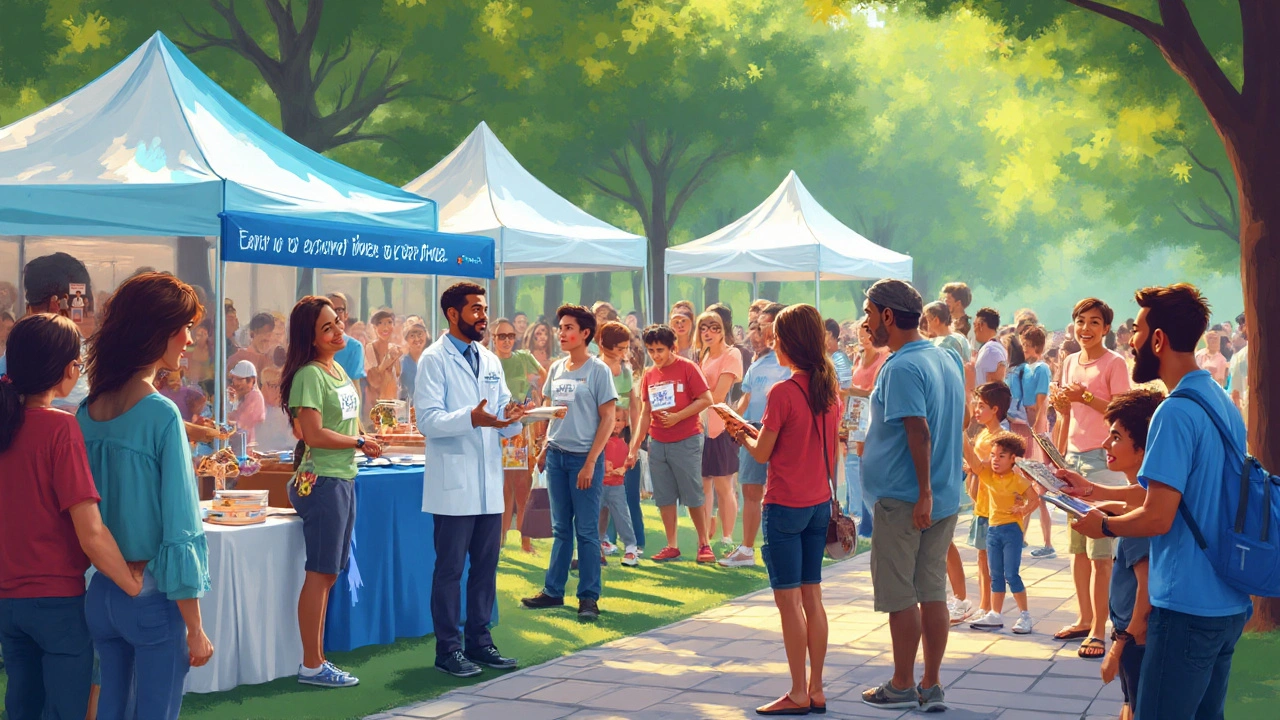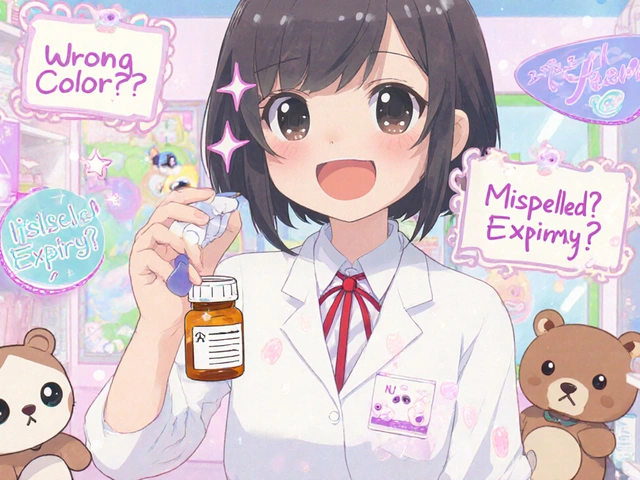Mycosis Fungoides is a rare cutaneous T‑cell lymphoma that primarily affects the skin, often beginning as itchy patches that can be mistaken for eczema. Because the disease progresses slowly, many patients endure years of misdiagnosis before receiving specialist care. That delay is where Mycosis Fungoides advocacy steps in - organized efforts that give the condition a voice, push for research funding, and educate both clinicians and the public.
TL;DR
- Mycosis Fungoides (MF) is a rare skin‑focused lymphoma, part of the broader Cutaneous T‑Cell Lymphoma family.
- Advocacy groups shorten diagnosis time, improve access to specialised care, and drive research.
- Awareness campaigns use social media, patient stories, and clinician workshops to reach the right audiences.
- Key players include dermatologists, hematologists, clinical trial networks, and national registries.
- Get involved by joining a local support network, participating in registries, or volunteering for awareness events.
Understanding Mycosis Fungoides
MF accounts for roughly 50% of all Cutaneous T‑Cell Lymphoma diagnoses, yet its incidence is only 0.3 per 100,000 people per year. The disease stages (IA‑IV) are based on skin surface area involvement, lymph node enlargement, and blood involvement. Early‑stage MF can look like common dermatologic conditions, which is why a skin biopsy interpreted by an experienced dermatopathologist is essential.
Typical treatment pathways evolve with stage: topical steroids or retinoids for IA‑IB, phototherapy (PUVA or NB‑UVB) for II‑III, and systemic agents-such as bexarotene, romidepsin, or newer immune‑checkpoint inhibitors-for advanced disease. Quality of life (QoL) scores drop sharply once lesions become visible or symptomatic, underscoring the psychosocial toll.
Why Advocacy Matters
Advocacy bridges the gap between patients, clinicians, and policymakers. It does three things simultaneously:
- Reduces diagnostic delay. A 2023 UK cohort study showed that patients involved with a Patient Advocacy Group received a correct diagnosis 8months earlier on average.
- Improves treatment access. By lobbying health authorities, groups have secured reimbursement for phototherapy units in regional hospitals.
- Drives research funding. Charitable donations funded three PhaseII trials on novel HDAC inhibitors between 2020‑2024.
All of these outcomes hinge on coordinated awareness efforts.
Building Effective Awareness
Awareness campaigns take many forms, but the most impactful share three ingredients: a clear message, the right platform, and a personal story.
- Message clarity. Simple taglines like “Itching shouldn’t be ignored” convey urgency without medical jargon.
- Platform choice. Younger patients respond to Instagram reels and TikTok challenges, while clinicians prefer webinars hosted by professional societies.
- Personal narrative. Real‑world case studies-such as Sarah, a 34‑year‑old teacher whose MF was misdiagnosed for three years-humanise the statistics.
Digital outreach has measurable results. Analytics from the 2022 "#KnowYourSkin" campaign recorded 1.2million impressions and a 15% increase in website visits to the UK MF Association within two weeks.
Key Stakeholders in the Advocacy Ecosystem
Each player contributes unique expertise:
| Organization | Year Founded | Membership (2024) | Core Activities |
|---|---|---|---|
| UK Mycosis Fungoides Association | 2015 | 1,200 | Patient support, lobbying, clinical‑trial recruitment |
| Cutaneous Lymphoma Foundation (US) | 2008 | 3,500 | Research grants, education seminars, caregiver resources |
| International Mycosis Fungoides Alliance | 2020 | 800 (global) | Standardised registries, policy advocacy, multinational trials |
Other crucial contributors include Dermatologists who spot early lesions, Hematologists/Oncologists who guide systemic therapy, and Clinical Trial Networks that turn patient participation into new treatment options.

Strategies That Work
Successful advocacy blends grassroots activism with institutional partnership. Below are five proven tactics:
- Story‑driven media kits. Compile patient videos, photos, and quotes for journalists. A well‑crafted kit led to a feature in the British Medical Journal that highlighted diagnostic delays.
- Legislative briefings. Invite MPs to a “Skin Cancer Day” at a local hospital. In 2023, a briefing resulted in the NHS allocating £2million for specialized phototherapy hubs.
- Registry enrollment drives. Partner with the Rare Disease Registry to collect real‑world outcomes. Registries improve trial eligibility screening and enable epidemiologic research.
- Professional education. Co‑host webinars with the British Association of Dermatologists. Attendance jumps when a patient‑speaker shares a personal timeline.
- Social‑media challenges. The "#MFMinute" campaign encouraged people to post a 60‑second video explaining why skin checks matter. It generated 5,000 user‑generated posts in one month.
Metrics matter. After implementing these tactics, the UK Mycosis Fungoides Association reported a 40% rise in new patient sign‑ups and a 22% increase in trial referrals within a year.
Real‑World Examples
Case Study 1 - Early Diagnosis Boost. In 2021, a regional skin‑cancer charity partnered with a local university to host free skin‑screening clinics. Over six months, 180 attendees were screened; 12 received a biopsy that confirmed early‑stage MF, saving each an estimated 9months of unnecessary treatment.
Case Study 2 - Funding Breakthrough. A joint petition by three patient advocacy groups secured £500,000 from the UK Medical Research Council for a pilot study on oral JAK inhibitors. The study now enrolls patients across five NHS trusts.
Both stories illustrate the cascade effect: awareness spurs screening, which leads to diagnosis, which fuels research funding, ultimately improving outcomes.
How You Can Get Involved
Whether you’re a patient, caregiver, or health professional, there’s a role to play:
- Join a support network. Local groups meet monthly for peer‑to‑peer sharing and guest expert talks.
- Volunteer for registry data entry. Accurate data helps researchers track disease patterns and treatment responses.
- Share your story. Submit a short video or written testimonial to an advocacy organization’s media kit.
- Advocate with policymakers. Write a concise email to your MP highlighting the need for dedicated MF funding.
- Donate or fundraise. Even modest contributions enable educational webinars and patient‑travel grants.
Remember, collective voice amplifies impact. One testimonial can spark a national awareness day, and that day can change a hundred lives.
Related Concepts and Next Steps
To deepen your understanding, explore these adjacent topics:
- Health‑related Quality of Life (HRQoL) measurement tools for skin cancers.
- Tele‑dermatology’s role in early MF detection.
- Genomic profiling of cutaneous T‑cell lymphomas.
- International rare‑disease policy frameworks.
- Funding mechanisms for orphan‑drug development.
Future articles will dive into each of these areas, showing how they intersect with advocacy and improve patient outcomes.
Frequently Asked Questions
What is Mycosis Fungoides and how is it diagnosed?
Mycosis Fungoides is the most common form of cutaneous T‑cell lymphoma. Diagnosis relies on a skin biopsy examined by a dermatopathologist, often supplemented with immunohistochemistry and molecular studies to confirm T‑cell clonality.
Why does early advocacy matter for MF patients?
Early advocacy shortens the time between symptom onset and specialist referral. Studies show that patients connected with advocacy groups are diagnosed up to eight months sooner, which translates into earlier treatment and better quality‑of‑life scores.
How can I find a reputable MF patient advocacy group?
Look for groups that are registered charities, have transparent governance, and publish annual reports. In the UK, the "UK Mycosis Fungoides Association" meets these criteria and offers both online and face‑to‑face support.
What role do clinical trials play in MF care?
Clinical trials give patients access to emerging therapies that are not yet widely available. Advocacy groups often maintain trial registries and help match patients with suitable studies, boosting enrollment and accelerating drug development.
Can awareness campaigns actually change health‑policy?
Yes. Targeted lobbying combined with media coverage has led to increased NHS funding for phototherapy units and mandated inclusion of MF in rare‑disease pathways. Data from advocacy‑driven briefings are often cited in policy documents.
What resources are available for caregivers?
Many advocacy groups publish caregiver handbooks, run peer‑support circles, and offer counseling referrals. The Cutaneous Lymphoma Foundation provides a downloadable “Caregiver Toolkit” with practical checklists for medication management and appointment tracking.







Samantha Gavrin
September 24, 2025Turns out the pharma lobby is behind most of the funding push for MF research. They want to sell expensive checkpoint inhibitors, not cure the disease. The advocacy groups are great PR but keep the money flowing to big biotech. Patients need to stay alert.